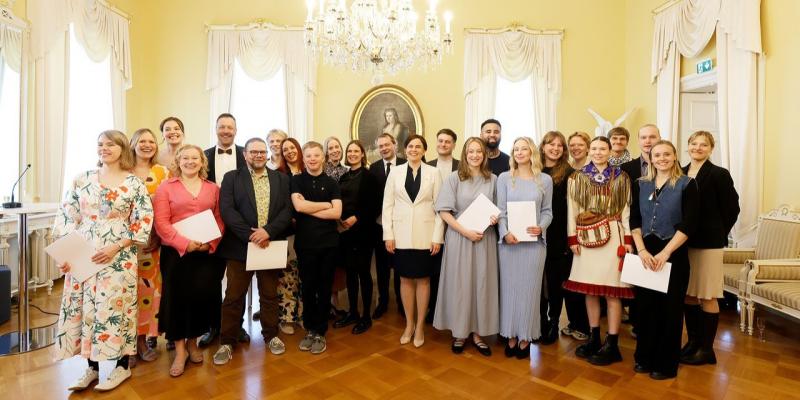
Documentary film director, producer and researcher Jouko Aaltonen and Docent of history Seppo Sivonen for their work, Orjia ja isäntiä – ruotsalais-suomalainen siirtomaaherruus Karibialla.
Orjia ja isäntiä (Slaves and masters – Swedish-Finnish colonial domination in the Caribbean), by Jouko Aaltonen and Seppo Sivonen, describes the small Caribbean island of Saint Barthélemy at the turn of the 19th century. This small Swedish colony is relatively unknown, especially in Finland. Even less is known about the involvement of Swedish people – and many Finnish people – in the slave trade.
Slaves were bought and shipped to the island from Africa, and then sold on or transferred elsewhere in the Caribbean and America. Many of the Swedes and Finns who ended up on the island as civil servants and businessmen were slave traders and slave owners. Historical accounts have always highlighted the personal freedoms of Swedish subjects, so it is important for our national self-understanding to be aware of this dark chapter in our shared history when our countries engaged in the slave trade. Although Sweden was a relative minnow in the international slave trade, its involvement went all the way up to the royal household.
Orjia ja isäntiä describes life on a colonial island in a vivid and captivating way. The facts behind the work are exhaustively documented.
In their book, Aaltonen and Sivonen remind the reader that slavery has still not disappeared into the mists of time. An estimated 40 million people are still working in slave-like conditions in factories, weaving mills, sewing shops or the sex industry. Those of us lucky enough to inhabit countries with a high standard of living consider ourselves entitled to enjoy cheap commodities produced using slave labour, just as our countrymen did two centuries ago.
Photo: Jaakko Lukumaa


